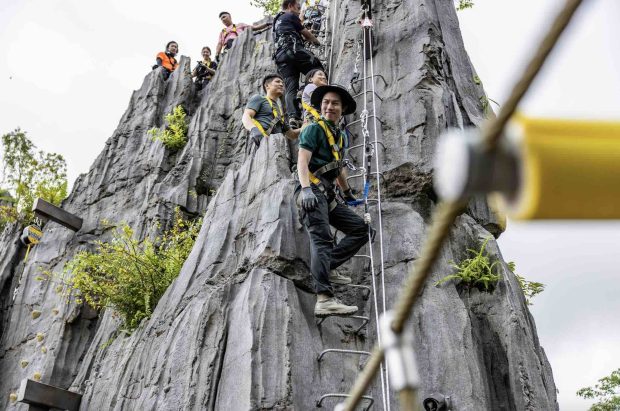The construction industry is growing up at a rapid rate with technology and robotics flanking it for further economic growth. In the wake of its soaring life cycle, commercial construction projects are also gaining momentum. It is expected that soon, the use of drones for the construction industry is going to be a necessity rather than just a choice for technological advancement. This would help the industry thrive in the years to come. To educate you about the same, here are some major benefits of using drones for commercial construction projects.
Increased Efficiency And Lowered Costs
Imagine project monitors climbing a thirty-floor building under construction. There are hazardous risks involved while the supervisors check out these buildings no less a skyscraper. A slight mistake or negligence can hamper their life or leave them with disability permanently.
Now imagine a drone doing the same. It gives freedom from the risk explained above. The managers control drones while sitting at one place—considerably safe even. Within minutes, they can switch back and forth from one floor to another.
This bird’s eye view results in time and cost reduction drastically for the project managers. Eventually, with easy-to-handle remote control, managers can capture, record, and watch the videos again regarding the view of different floors.
Meanwhile, a proper plan can be further made by the architectures or construction workers. They can watch the status of the building or scaffolding beforehand. This increases productivity from the ground level. The workers would not have to take breaks or waste time to visit every floor, especially which is on a higher altitude, without a proper elevation system. QTO Estimating will be able to help work out the cost saved.
Scanning Photographic Reflections
In the near future, drones would be capable of being equipped with infrared scanners which would then be able to scan the complete infrastructure inside out and be able to reflect it on a simple monitor after being scanned. This would help reach small faulty areas which can otherwise escape the naked eye of an architect or a project manager.
Reach Inaccessible Or Hazardous Areas
Drones can be extremely effective at dangerous construction sites. In projects where on-site data has to be collected but with labour or an inspection agent’s life at risk, drones can easily fly to such hazardous areas and be a better alternative.
With their regular use by the construction workers, life becomes less risky for the construction workers. With accurately and remotely flying drones, the commercial construction projects can be carried out without any unexpected hiccups on the road to timely accomplishments.
More than that, drones can detect the impending substance or hanging material from afar. With timely discernment of sharp, heavy, or otherwise harmful materials, the welfare of the workers can be taken into consideration. It helps the managers to keep their labour laws in check as well.
Otherwise, if the projects are too risky, labors might strike or refuse to work. In such cases, drones are easier to help out know the real status of the project and the degree of risk involved at a higher altitude of the buildings, especially the commercial skyscrapers.
More Jobs Less Insurance Cost
Cost of insurance of drones is much lower than of any individual’s. In commercial construction projects where personnel are required in bulk, drones can save a construction company’s insurance costs.
Operating, analyzing, and comprehending of data extracted with the help of drones would require experts. This will make sure that more jobs in such fields are created for better operations.
Therefore, the applicability of drones holds power to bring in employment and road to more complex building or infrastructural projects. It could help expand the business and revenues as well. In the longer run, it increases the credibility of the firm and the project manager because he or she is able to hire a more knowledgeable person in his or her team.
Improved Management
In commercial construction projects, how a project progresses is essential for the researchers and managers to know. So, using drones project management with Gantt Charts and Project Charters can be carried out easier.
Managers can control the deviations better by timing the short-term and long-term deliverables associated with a construction project. This happens when the drones can record timings from one video to another. In fact, using drones for extended period conveys the complexity of a particular phase of a project—needing detailed attention in comparison to others.








